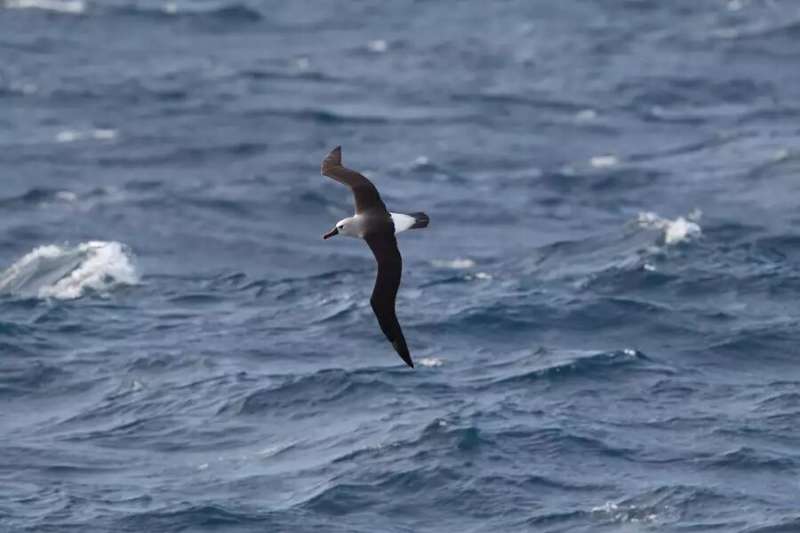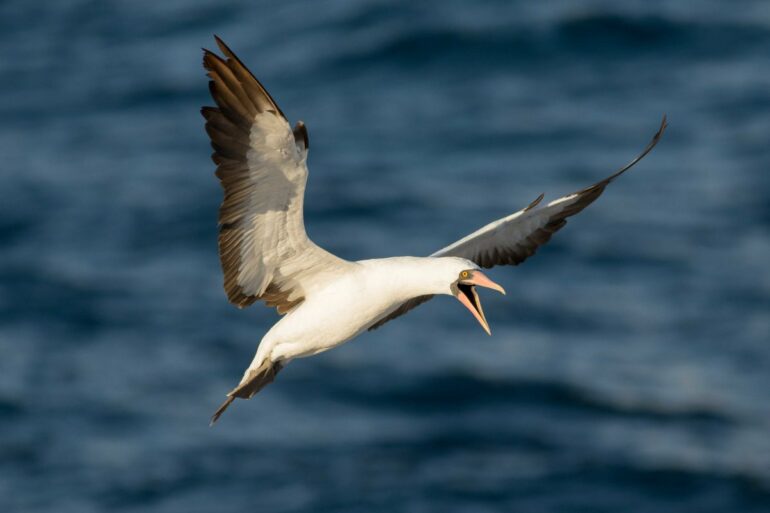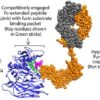Hurricanes are becoming more intense due to the climate crisis. Therefore, researchers from the Max Planck Institute for Animal Behavior in Germany and Swansea University in the United Kingdom have studied the wind speeds that different seabird species can withstand. The team was able to show that the individual species are well adapted to the average wind conditions in their breeding grounds, but use different strategies to avoid flying through the storm. Within their research, one behavior of the albatrosses particularly surprised the scientists.
Like all animal species, seabirds must be well adapted to their ecological niche in order to survive. Environmental conditions such as temperature, vegetation, precipitation and many other factors influence natural selection: whoever is best adapted survives. Previous research has focused a lot on how the animals can cope with the rising temperatures. However, seabirds are also exposed to gale force winds, as they usually go hunting on the open sea.
The first author of the study, published in Current Biology, Elham Nourani from the Max Planck Institute for Animal Behavior, asked herself how the birds react to cyclone-force winds and what maximum wind speeds they tolerate. Using flight data from 18 different species, she and her Team also investigated whether the species avoid certain wind speeds depending on their flight characteristics.
Faster than the wind: Data reveals flight characteristics
The team used GPS tracking technology and analyzed more than 300,000 hours of flight. This allowed them to show that birds living in windier environments fly faster than the wind. “They need to reach these speeds to be able to determine their own direction. Otherwise they would simply drift away,” explains co-author Emily Shepard. In their analyses, the researchers looked at tropical species and albatrosses, among others.

An Atlantic yellow-nosed albatross.This species was found to fly within the eye of the storm for twelve hours to avoid strong winds. © MPI for Animal Behavior / Peter Ryan
Albatrosses are fast flyers, as they regularly fly in storms in the southern ocean. Tropical species, on the other hand, experience lower wind speeds every day and only very rarely high wind speeds and are adapted accordingly. “However, tropical storms are much more intense than those in the southern ocean,” says Shepard.
This means albatrosses can fly in almost all conditions, while tropical species have to develop special strategies avoid strong winds. Tropical storms reach twice the speed of what the birds would tolerate. “What is extreme wind for a tropical species is commonplace for an albatross. So what extreme conditions are varies by species,” says Nourani.
But just because albatrosses can fly in many winds does not mean they do: Sometimes they fly right into the eye of the storm, like an Atlantic yellow-nosed albatross they tracked in this study. While the wind speed within the storm was 68 kilometers per hour, it was only 30 in the eye of the storm, so the bird could fly in it for twelve hours.
What was particularly unexpected for the researchers was that the birds sometimes avoided wind speeds at which they could fly in other scenarios. They suspect that this is a strategy the birds use to avoid going off course. The results of the study can help to better assess which seabirds can withstand the rapid change in storm intensities in the future.
More information:
Elham Nourani et al, Seabird morphology determines operational wind speeds, tolerable maxima, and responses to extremes, Current Biology (2023). DOI: 10.1016/j.cub.2023.01.068
Provided by
Max Planck Society
Citation:
Tolerance to strong winds and storm avoidance strategy found to differ among seabird species (2023, February 24)



